Why does swimming pool water get cloudy every now and again, even with the water filter working round the clock? That’s one of the very first questions that comes to mind when keeping up with the maintenance and cleanup of a pool.
Cloudy pool water is a much more common occurrence than you’d imagine. Almost every swimming pool owner faces this issue occasionally unless they do something to prevent it beforehand. If you’re struggling to clear cloudy pool water, there’s no need to seek complicated solutions or expensive cleaning services.
Most of the cloudy pool fix methods are pretty simple and are often due to imbalanced pool chemicals. However, it may take you a bit of research and understanding to identify why you have the problem in the first place. It makes no difference if you have an in-ground pool or an above-ground pool.
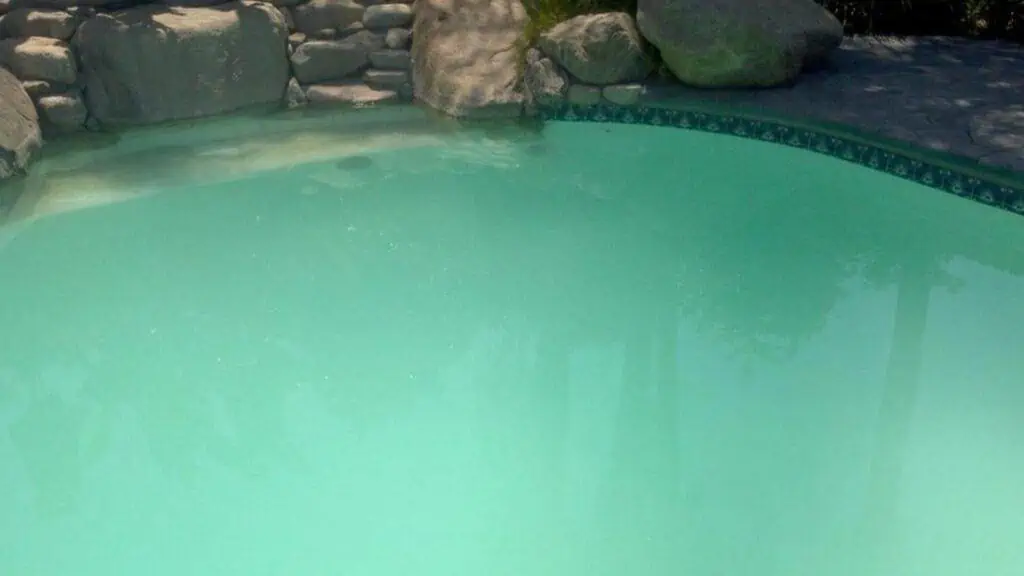
Why is my pool cloudy?: Cloudy pool water can be caused by various factors, such as improper pH levels, inadequate filtration, high levels of organic matter, or ineffective chemical balance. Regular pool maintenance, proper cleaning, and testing water chemistry can help prevent and resolve cloudy pool water issues.
Why is my pool cloudy?
There can be many reasons why your water becomes cloudy, and identifying the specific reason is the key to fixing the problem. It can be pool filtration, water chemistry, or a number of other factors.
Identifying the source of cloudiness can be a little tricky sometimes, and requires a bit of trial and error before reaching a conclusion.
No need to worry, because here’s a simple explanation of the main sources of cloudiness in your water and how you can identify them.
1. Chlorine level imbalance
Chlorine is an essential chemical added to swimming pools to remove bacteria and other microorganisms that can cause diseases and undesirable effects. However, the amount of chlorine added has a direct effect on the appearance of your water. Whether the chlorine is too concentrated or too dilute, the effect will be visible in the form of cloudy pool water.
The chlorine level of your water will also fluctuate based on the number of people that swim in it, the amount of sunlight (the sun’s UV rays can destroy chlorine) and the rainfall it receives.
Too much sunlight and rainfall will dilute the chlorine, leaving the water susceptible to bacterial habitation. High chlorine levels, on the other hand, will result in cloudy water.
Test the chlorine levels in your pool on a daily basis to ensure that they are not causing your water to become cloudy. The suitable value for chlorine in your water is about 2.0 to 4.0 ppm (parts per million).
2. Improper filtration
People assume that the pool filter will ensure that the water doesn’t become cloudy and are surprised when it does, even with the filter running. This is due to the fact that the filter needs to run for a certain amount of time to function properly. The optimum amount depends on the size of your pool, how many people use it, and the type of filter you’re using.
When the filter isn’t operating, the water becomes stagnant and dust particles, debris, and other particles settle on the water, giving it a murky appearance. Usually, 8 hours is enough time for the filter to work properly.
3. An imbalance in the calcium levels
Whether your pool’s water is hard or soft, it plays a significant role in its appearance. Hard water contains a high concentration of calcium, which can cause your water to appear murky or opaque.
In addition, high calcium content (high calcium hardness levels) doesn’t just distort the appearance of your water but can also damage the pool filter and plumbing, mainly due to calcium accumulation.
4. High or low pH
Similar to how chlorine and calcium levels can affect the appearance of your water, the pH level also plays a role. Don’t get too confused regarding pH levels; it may sound technical, but it is actually pretty simple to understand.
High pH
If the pH level of your water is high (higher than 7.0), it will be basic. Above 8.0, the chlorine in your swimming pool’s water will start to work less effectively to remove the germs in it, causing the water to get cloudy.
Low pH
On the other hand, if the pH is lower than 7.0, the water will be acidic, which can damage the lining of the pool, causing it to wear and corrode, which in turn, causes the water to appear cloudy. You can check the pH of your swimming pool water to ensure the pH levels are at a neutral level.
5. Excessive rainwater
You’re probably wondering how rainwater can cause your pool’s water to become cloudy because it’s supposed to be the purest form of water out there. However, it can mess with the carefully optimized amount of chlorine in your water, causing the water to turn cloudy.
Excessive rainwater can also cause the pH levels to become imbalanced and result in cloudy pool water. Since it’s not practical to cover the pool every time it rains, you should measure the pH level of the pool after it rains to ensure the water doesn’t get cloudy.
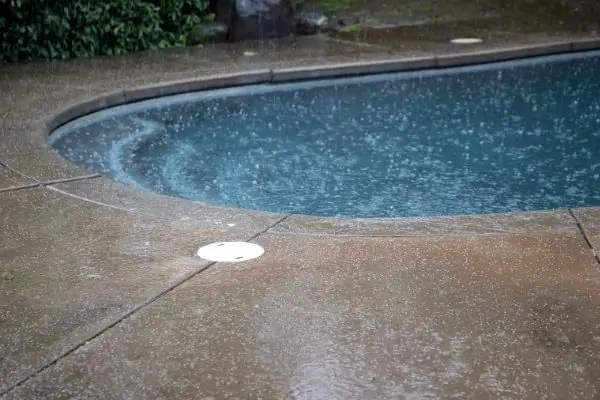
How to clear a cloudy pool
Now that you know how to identify the source that’s making your pool water cloudy, you can use a testing kit to narrow down the source and then you will know how to fix a cloudy pool. Most of these methods for clearing cloudy pool water are fairly easy and aren’t too expensive either.
1. Check your pool filter
A filtration system is key to the proper functioning of any pool and is the first thing to loom into when you have cloudy swimming pool water.
Cartridge filters
If you have a cartridge pool filtration system, you need to ensure certain maintenance requirements for it to operate effectively. If it’s been a while since you’ve cleaned your cartridge filter that may be a reason why your pool water is getting cloudy.
To thoroughly clean it, soak the cartilage in clean water for a few hours. After that, rinse it properly and it will be good as new.
If you’ve recently added flocculants or a pool clarifier, there’s a chance they have clogged your filter system. In this case, you will need to replace the pool filter elements with new ones.
The life of these elements depends on numerous factors and is usually around 1 to 5 years. If you’ve had them longer than this average period, maybe it’s time for you to change them anyway.
Sand filter system
On the other hand, if you have a sand filter, there are two main problems that could be causing the cloudy water.
First, you should ensure the sand filter is thoroughly back washed. Depending on your pool usage, the filter needs to be washed to provide better results.
Secondly, the sand or media in the filter might have to be replaced if you see no better results even after backwashing the filter daily.
2. Use a pool flocculant
Using a pool flocculant (also known as pool floc) is a quick fix to clear cloudy pool water. However, it requires some extra work on your part.
A flocculent is a chemical that gathers the particles in your pool water making it cloudy and then sinks them to the bottom of the pool.
Next, you will have to use a pool pump to vacuum the particles out of your pool. Ensure to manually vacuum the particles out and not use an automatic vacuum because it will end up blowing the larger particles right back to the top of the pool, making it cloudy again.
Using a flocculent will mean you’re going to have to replace your pool filter cartilage in the next few days because the flocculent will clog them no matter what. Therefore, this fix should only be used for quick overnight results.
The process also requires you to manually vacuum the particles out and wastes a lot of water, so it is generally not on the top of the lift of cloudy pool remedies.
Read my post How to floc a pool for more information.
3. Use a pool clarifier
Similar to a pool flocculant, a pool water clarifier is a quick fix for cloudy water. However, using clarifiers will also result in clogging your filter.
Unlike flocculants, a pool clarifier will gather the tiny particles together to form larger particles, which will be easier for your filter to pick up and disperse.
This means you won’t have to do any extra work of manually removing the contaminants yourself; the pool clarifier does that for you. These coagulants aggregate all the particles in one spot so they may be readily removed, resulting in a crystal clear pool overnight.
4. Vacuum waste out of your pool
An important piece of pool equipment, your pool’s skimmer will help clear particles from the upper layer of the pool water. However, it doesn’t help remove the cloudy particles from the other layers, specifically the bottom.
To fix this, either open your bottom drain valve or simply use your manual vacuum cleaner, but this time, place it at the bottom of the pool and turn it upside down. This will ensure that your filter gets access to the water at the bottom of the pool and releases clear water at the top.
5. Use a chlorine stabilizer
There are many reasons why free chlorine gets depleted and causes cloudy water. Whether it’s due to heavy rainfall, heavy sunlight, or excessive usage, there’s a quick and easy fix for this. A chlorine stabilizer can be used to prevent chlorine from depleting.
Cyanuric acid is recommended as a chlorine stabilizer to ensure the chlorine level remains neutral. However, make sure you don’t use this product more than recommended or it could have the opposite effect, causing even more cloudiness in your water.
Is it safe to swim in a cloudy pool?
Cloudy pools aren’t just unpleasant and gross to look at; they can also be harmful to swim in for many reasons. The fact that the water is cloudy can be a cause of an imbalance in chlorine levels, which essentially means that the water is susceptible to an increase in the number of pathogenic bacteria and microorganisms.
So, swimming in a cloudy pool is not just gross, but also puts you at risk of skin irritation, UTIs, and other problems. Plus, the risk of drowning slightly increases if the pool gets too cloudy since the bottom of the pool’s visibility decreases.
How to prevent cloudy pool water
In addition to using a chlorine stabilizer, which ensures that the chlorine doesn’t get depleted, you also need to ensure the pool water has an optimum amount of free chlorine levels present in it. To do this, just leave your pump running for 24 hours and the chlorine will balance itself out.
When dealing with cloudy water, there are two approaches a pool owner can take. You can either try to fix the pool water after it gets too cloudy, or you can ensure regular maintenance to prevent the water from getting cloudy in the first place.
Maintenance includes cleaning your swimming pool regularly, keeping your filter clean and up-to-date, and checking the chlorine levels, pH, and hardness of the water. Also, make sure to use quality products for your pool to ensure they function properly.
If you opt for a cheap brand with weaker quantities of chlorine, then you’ll only have to deal with more problems on your end. It is, therefore, preferable to invest in high-quality products rather than spend your money on fixes later.
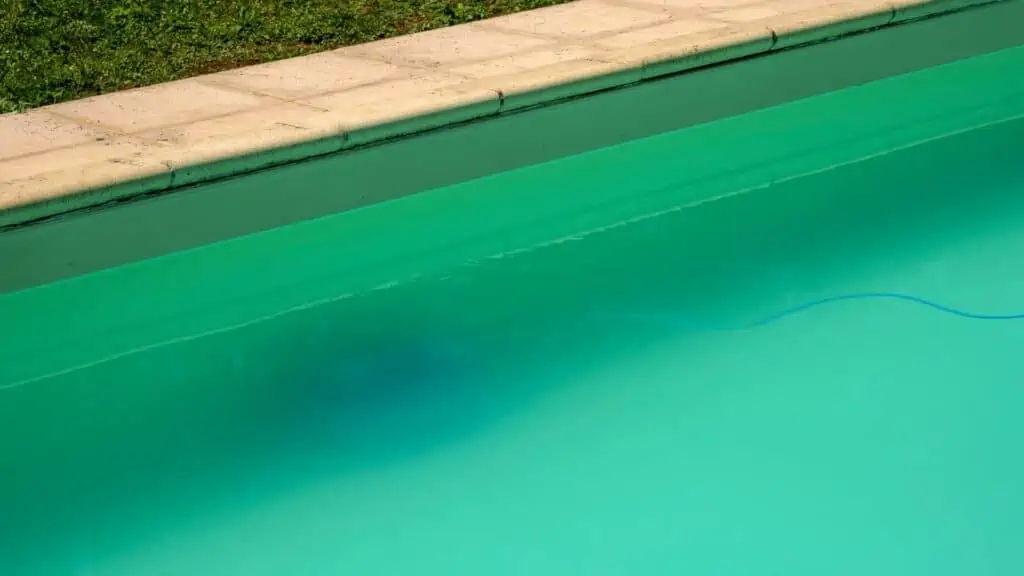
What identifies as cloudy pool water?
You know your pool water is getting cloudy when it starts to take on a murky or milky appearance. This is largely due to foreign particles that contaminate the pool water and reflect most of the sunlight, giving the appearance of a murky pool.
These particles are usually micron-sized, meaning that they’re so small that it’s impossible to see them with the naked eye.
There are some varying degrees to which your swimming pool water may become cloudy.
Dull
When the pool water starts to lose its shine and clarity. However, this change is hardly noticeable.
Hazy
When the interior of the pool is visible through the water, however, the details are difficult to make out.
Cloudy
When the pool water starts to become milky and it becomes impossible to look at the deeper sections of the pool.
Opaque
When the water becomes so contaminated that the bottom of the pool is not visible anymore.
There you have it. Hopefully, the information and tips provided here will help you understand why you might have pool water that doesn’t look clear and seems to be a bit cloudy. Now you know what you need to do to make sure it never looks that way again, and that you have clean and clear pool water all year round!
Cloudy pool FAQs
How long should it take to clear a cloudy pool?
In my experience it will often take between 2-3 days to clear up a very cloudy pool.
Will rain water make my pool cloudy?
Rain water can be a cause of cloudy water as it can bring with it many contaminants which can easily contribute to cloudy water.
Is it OK to swim in a cloudy pool?
It can be safe to swim in a cloudy pool but this depends on what it is that is causing the cloudy water. You should check that chemicals are balanced before anyone swims.
Will baking soda clear cloudy pool?
No, baking soda will not help to clear a cloudy pool. If anything, using sodium bicarbonate is likely to make the pool more cloudy.


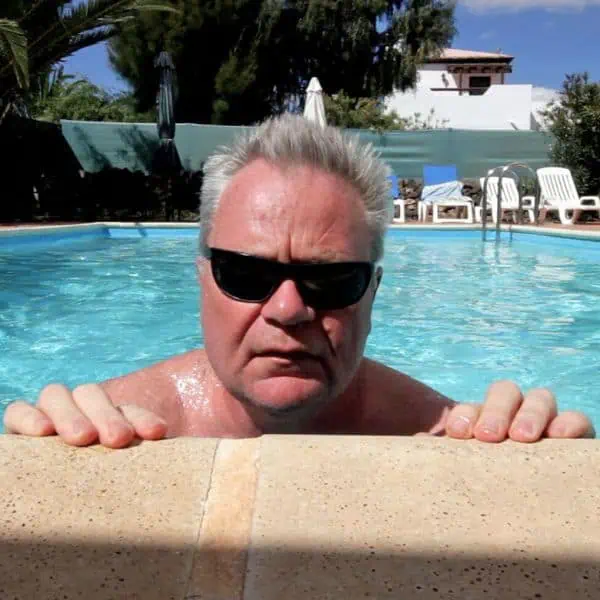


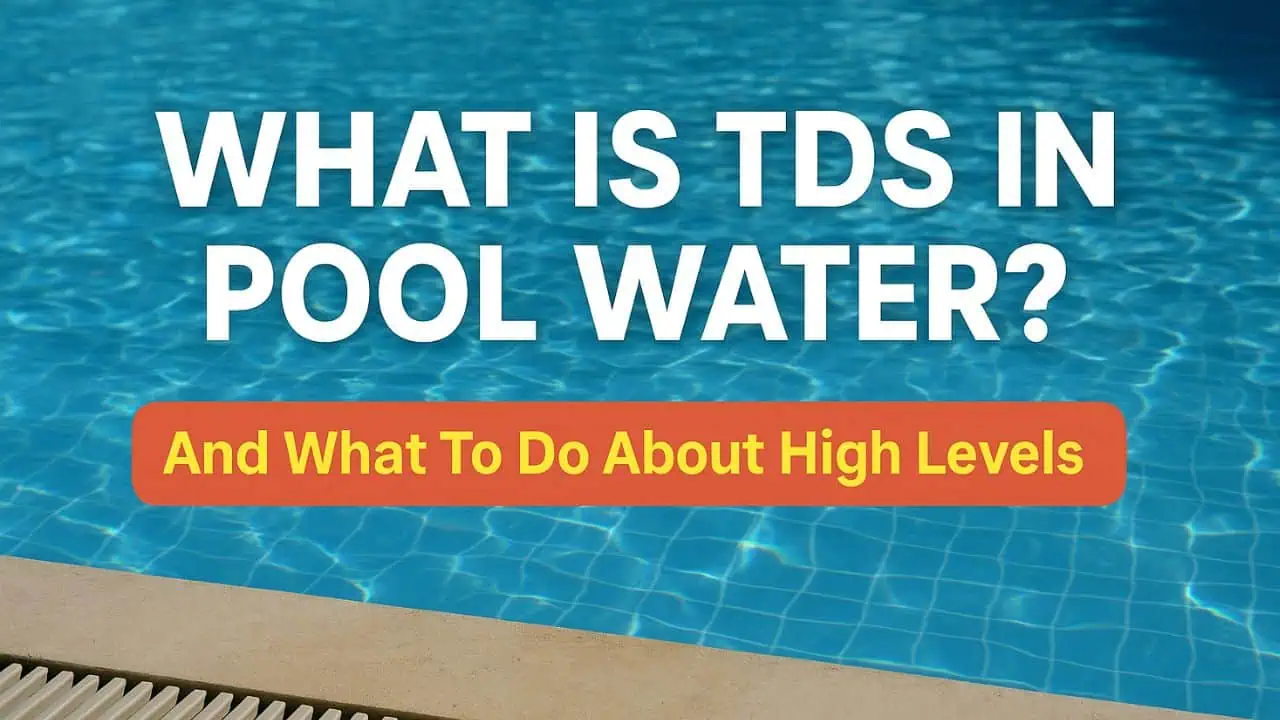
Leave a Reply